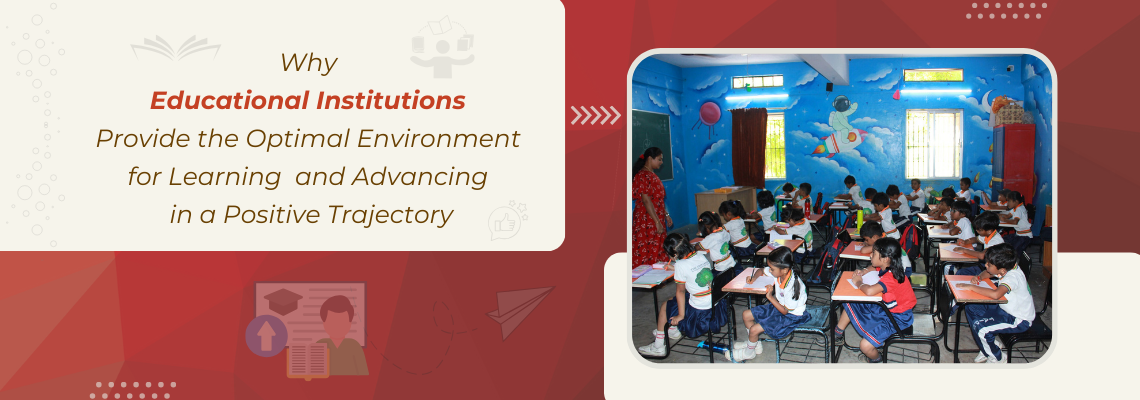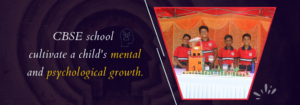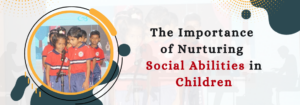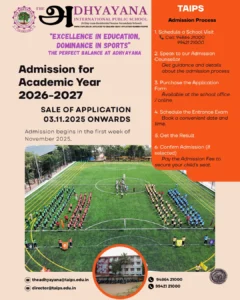Introduction
Educational institutions, whether they are schools, colleges, or universities, play a crucial role in shaping the future of individuals and society as a whole. They are designed to provide a structured and supportive environment that Nurture learning, personal growth, and advancement. In this blog post, we will explore the reasons why educational institutions are considered the optimal environment for learning and advancing on a positive trajectory.
Expert Guidance and Instruction
Cbse Education institutions are staffed with experienced educators who are experts in their fields. These professionals provide structured and comprehensive instruction, ensuring that students receive a well-rounded education. Their guidance and mentorship are invaluable in helping students develop a deep understanding of various subjects.
Curriculum and Learning Resources
Educational institutions design curricula that are well-researched, up-to-date, and aligned with industry standards. They offer access to libraries, laboratories, and technology that provide students with the resources they need to explore, learn, and conduct research. This infrastructure is essential for expanding knowledge and skills.
Peer Learning and Collaboration
Educational institutions bring together diverse groups of students with different backgrounds, experiences, and perspectives. This diversity nurture peer learning and collaboration, allowing students to learn from one another, exchange ideas, and develop valuable interpersonal skills. Collaboration is a key aspect of real-world success.
Extracurricular Activities
In addition to academic pursuits, educational institutions offer a wide range of extracurricular activities, such as sports, arts, clubs, and community service They also provide opportunities for personal growth and exploration.

Structured Environment
Educational institutions provide a structured and disciplined environment that helps students stay focused on their goals. The routines and schedules set by institutions enable students to manage their time effectively, promoting productivity and learning.
Access to Specialized Facilities
Many educational institutions have specialized facilities, such as science labs, art studios, and performance spaces. These facilities allow students to explore their interests and passions, experiment, and develop practical skills in a controlled environment.
Assessment and Feedback
Educational institutions employ assessment mechanisms such as exams, assignments, and projects to gauge students’ understanding and progress. Feedback from educators helps students identify their strengths and areas for improvement, allowing them to refine their skills and knowledge.
Networking Opportunities
Institutions provide students with opportunities to network and build connections with peers, educators, and industry professionals. These connections can be invaluable for career advancement, mentorship, and collaboration on projects.
Personal Development
Educational institutions not only focus on academic learning but also emphasize personal development. They help students build self-confidence, critical thinking, problem-solving skills, and resilience, which are essential qualities for success in any field.
Credentials and Recognition
Educational institutions award degrees and certificates, which are recognized and respected by employers and organizations. These credentials provide graduates with a competitive edge in the job market and open doors to various career opportunities.

Conclusion
Educational institutions offer a unique and optimal environment for learning and advancing in a positive trajectory. With their expert guidance, structured curricula, access to resources, extracurricular activities, and emphasis on personal development, they provide the tools and support necessary for students to thrive and reach their full potential. Whether you are pursuing primary education or higher studies, educational institutions are instrumental in shaping your future and preparing you for the challenges and opportunities that lie ahead.




